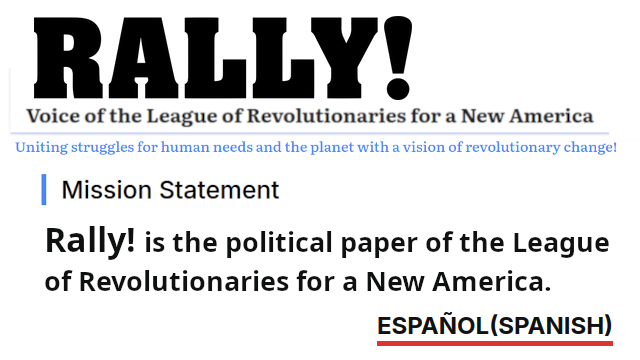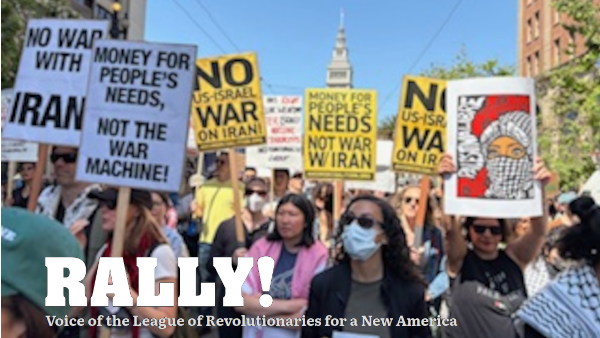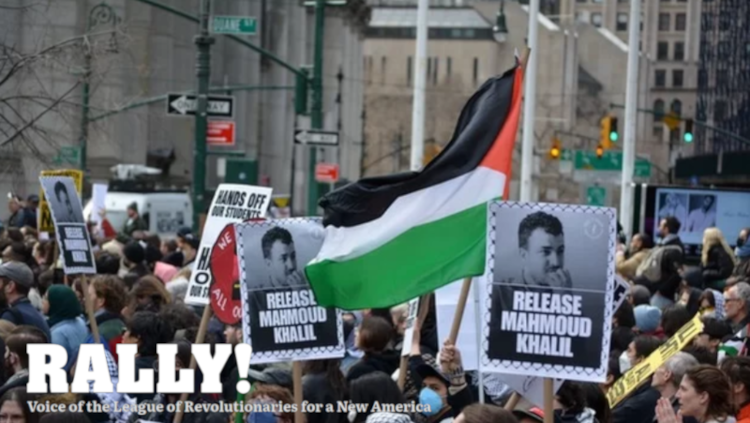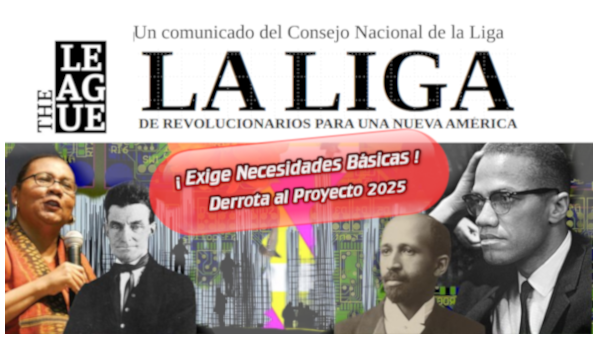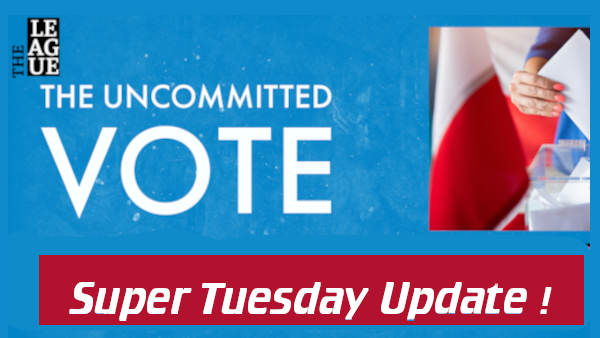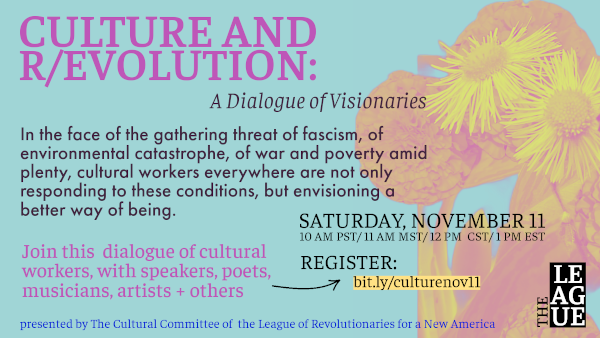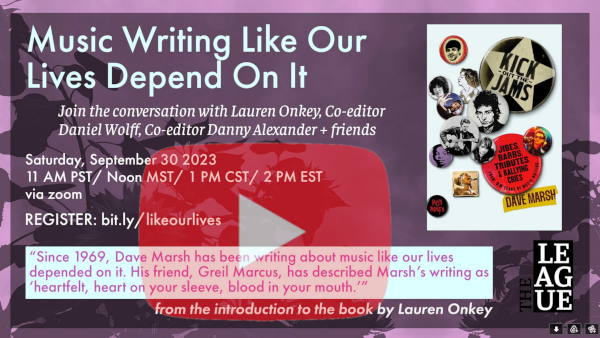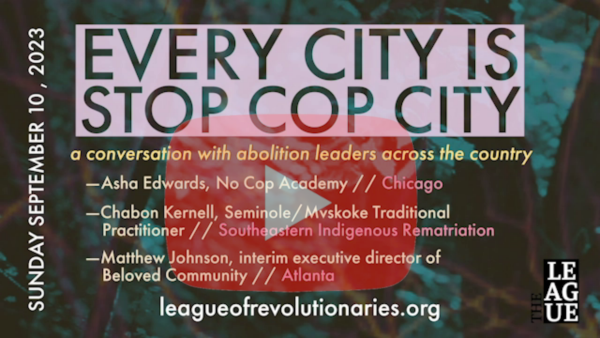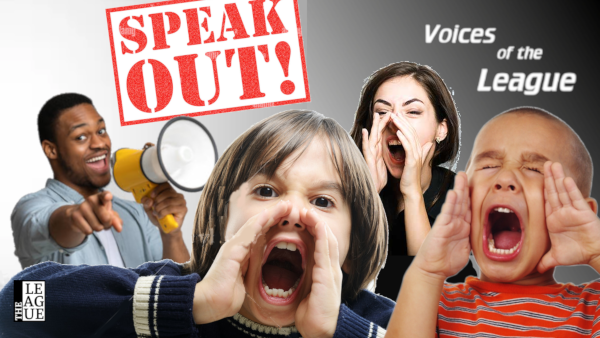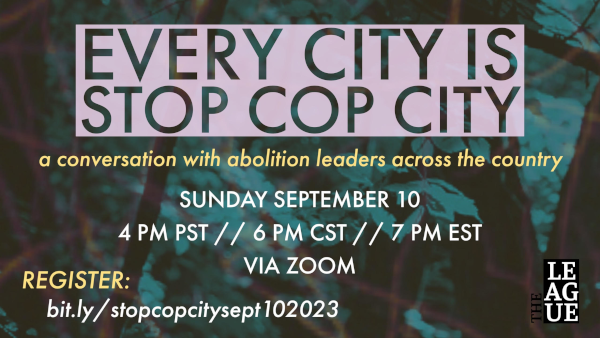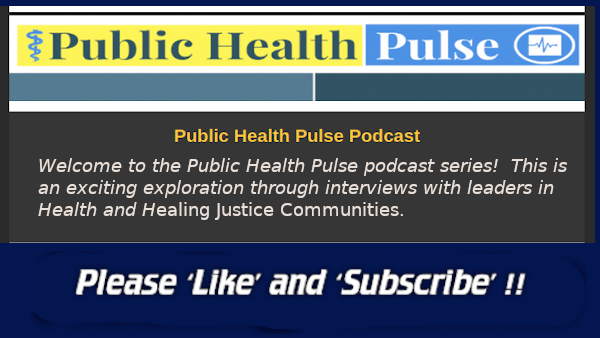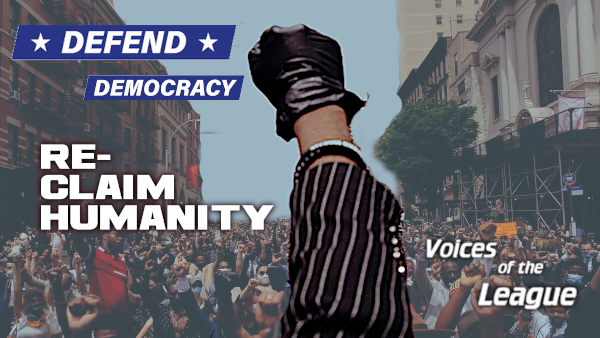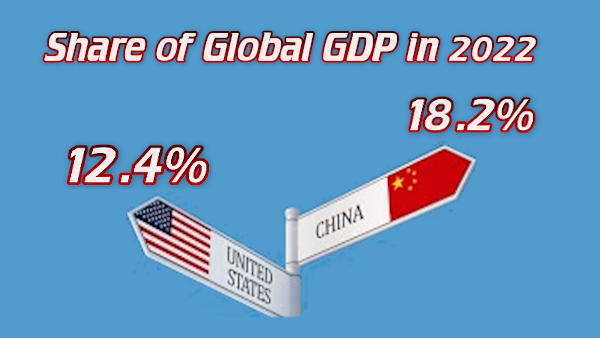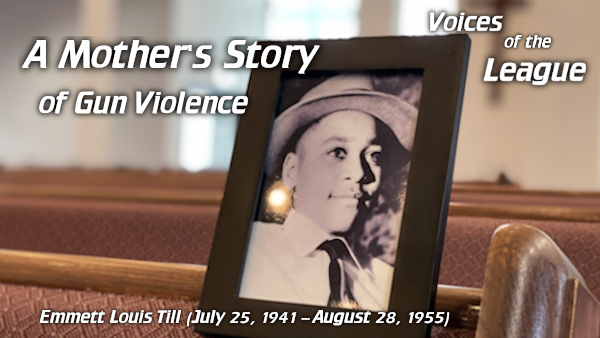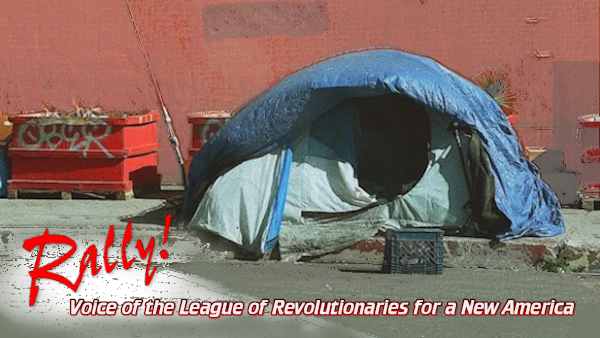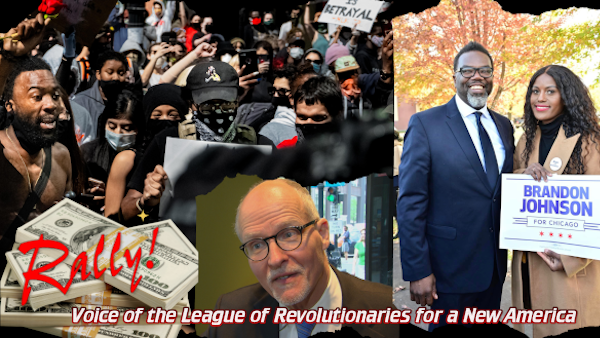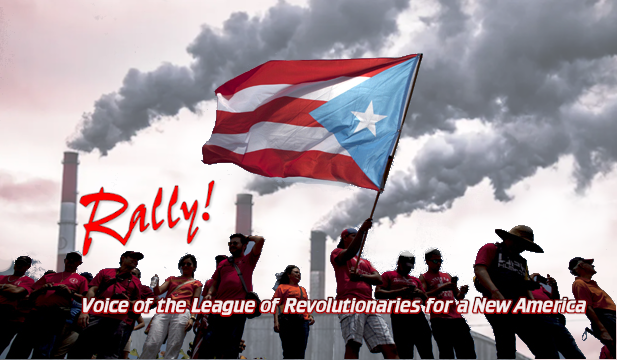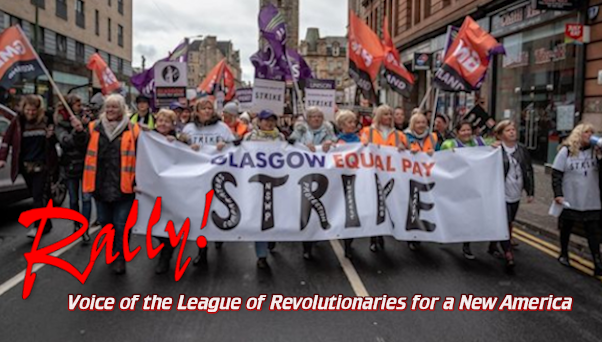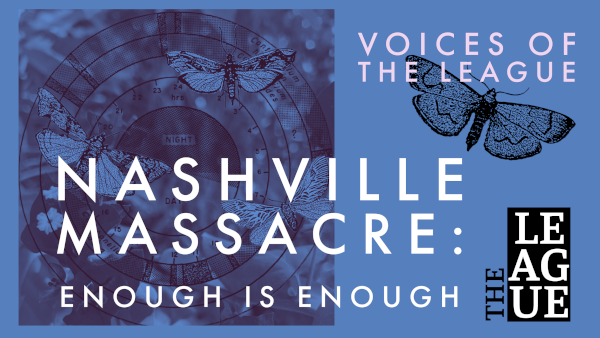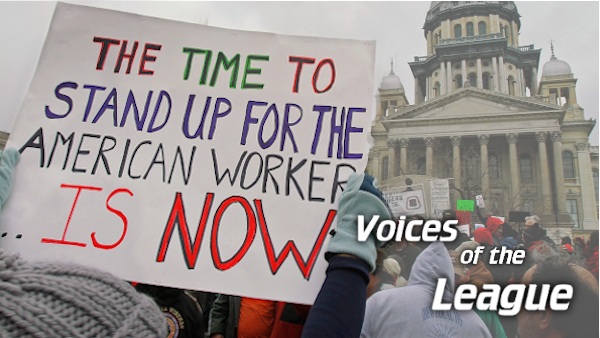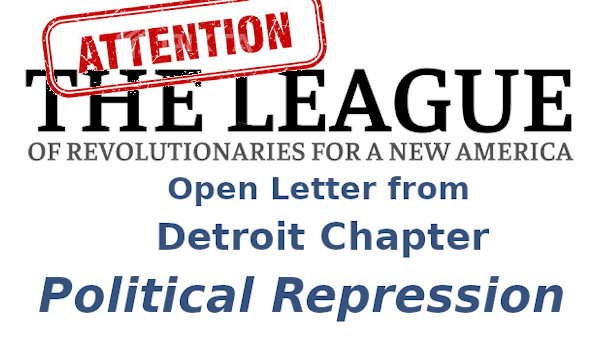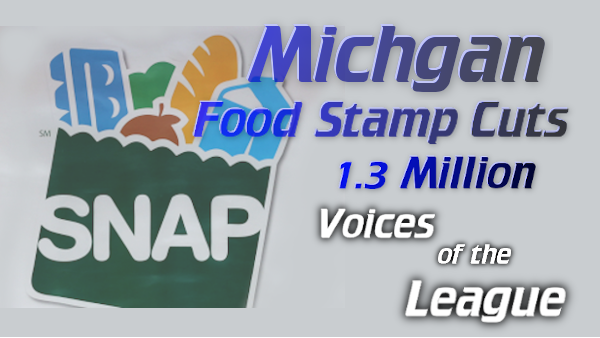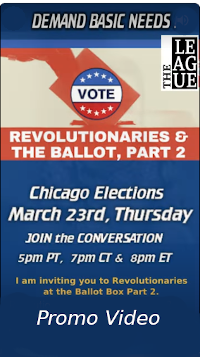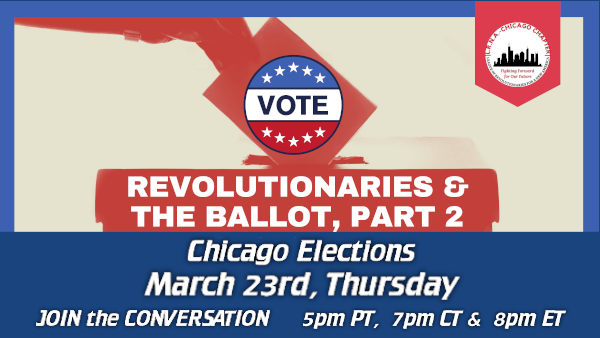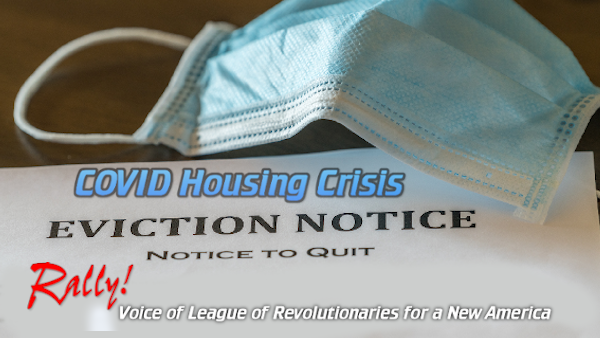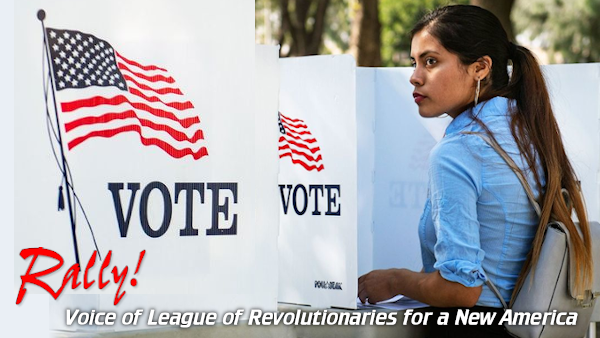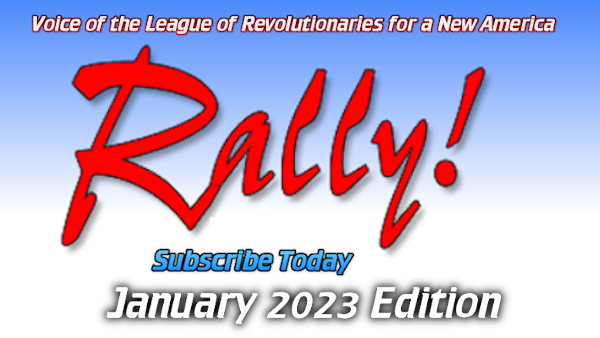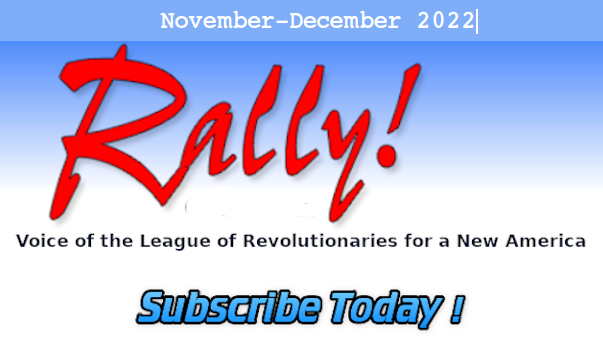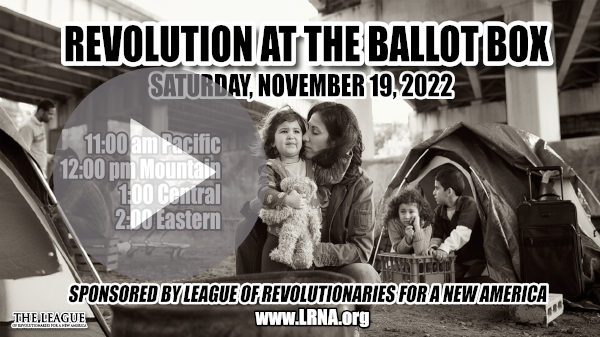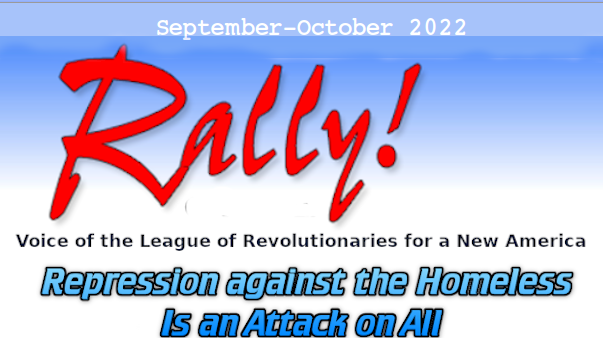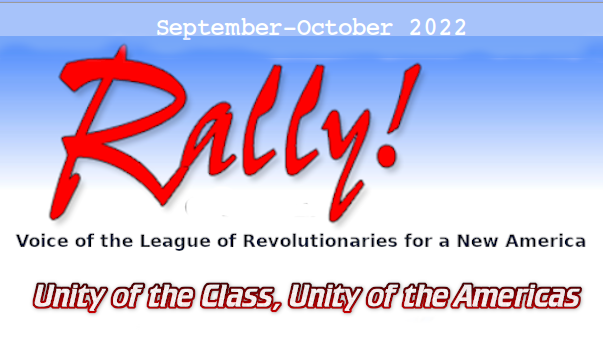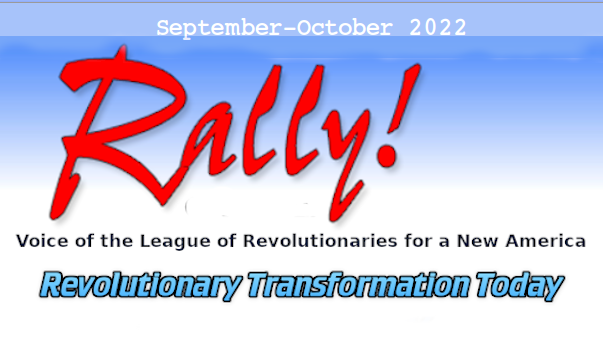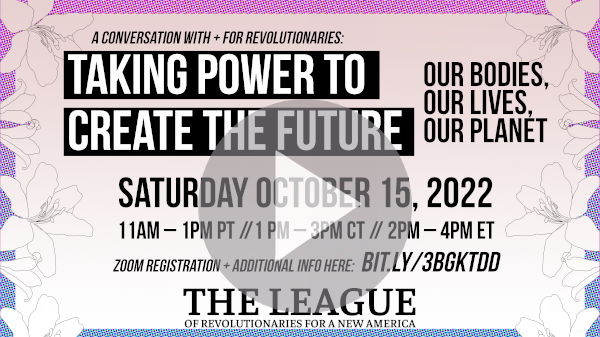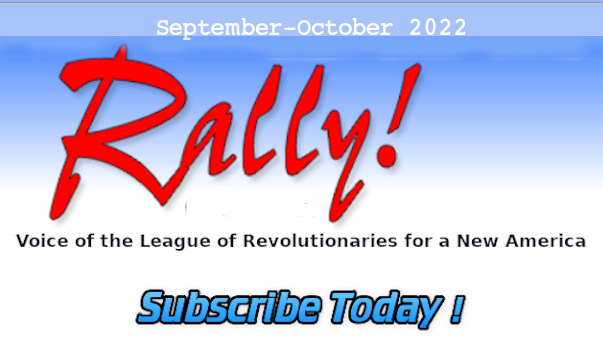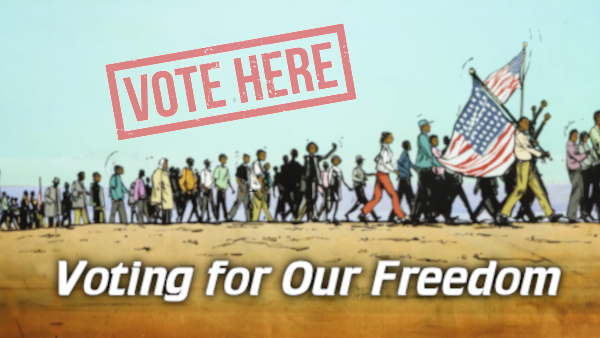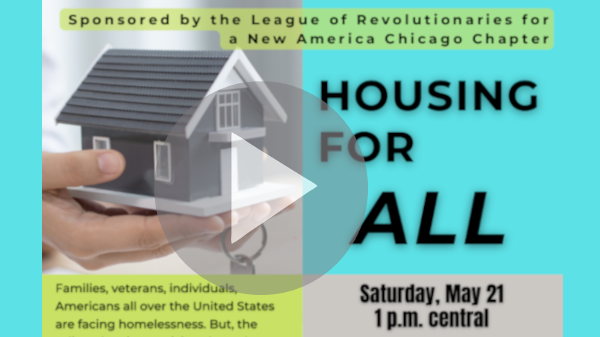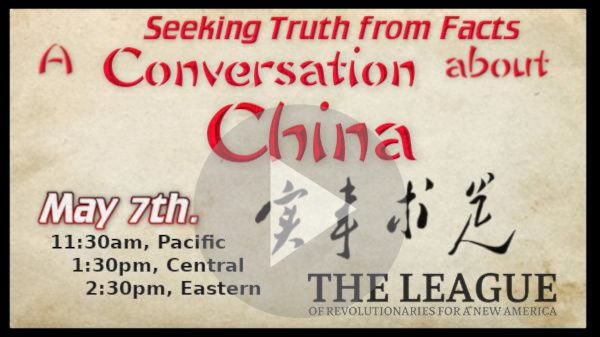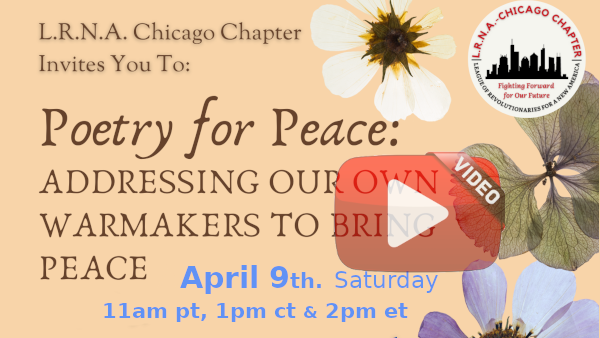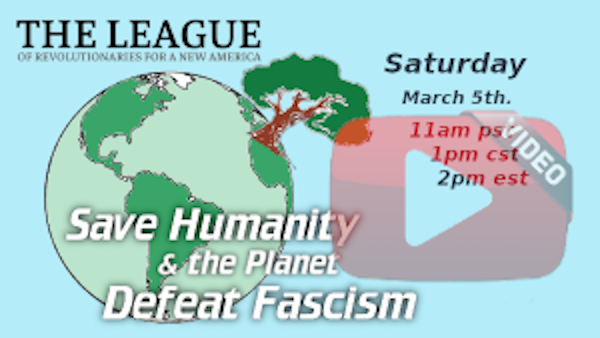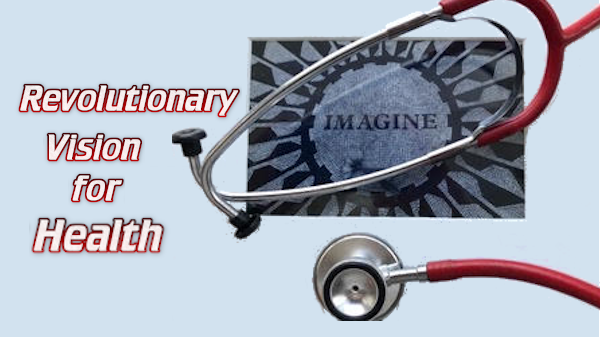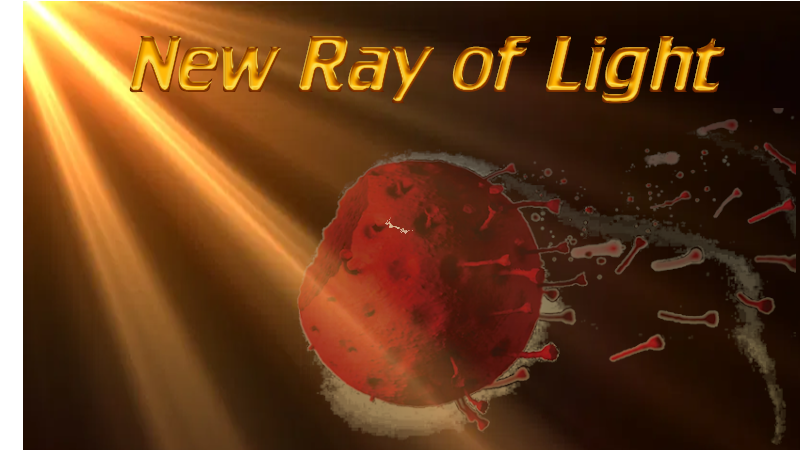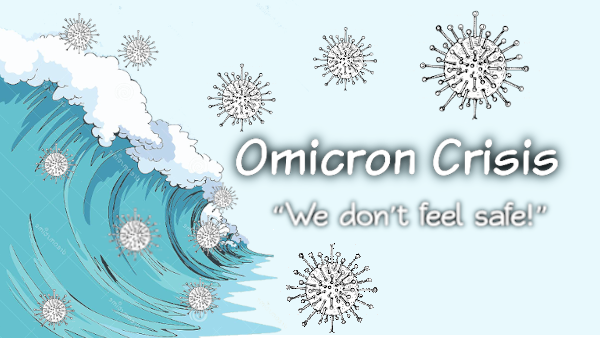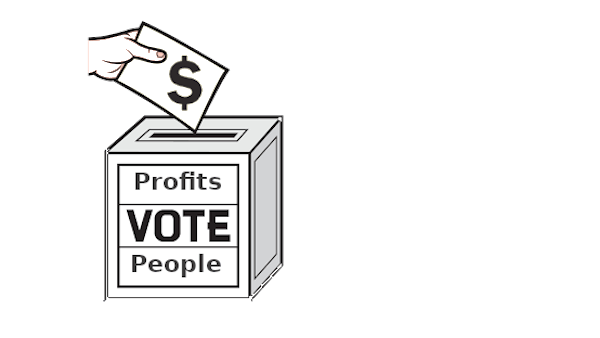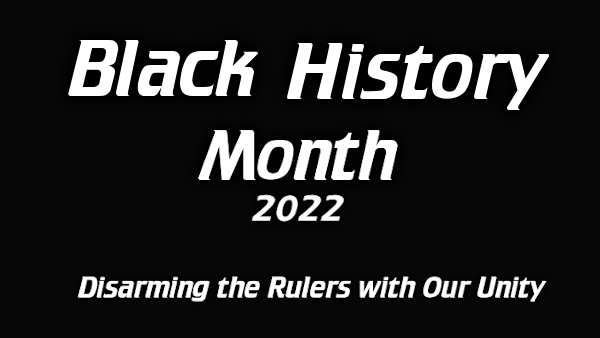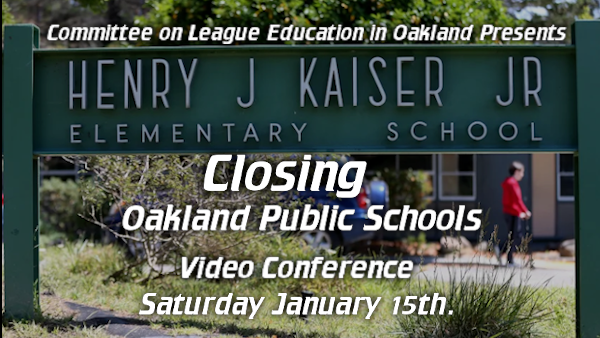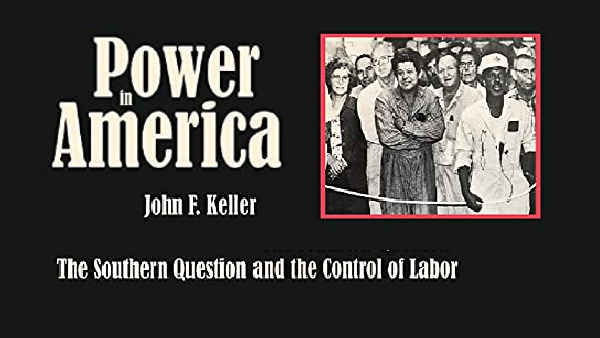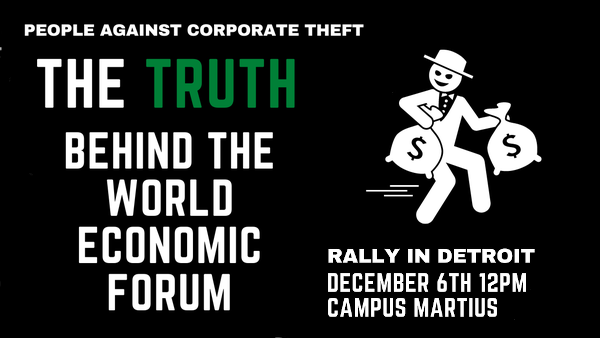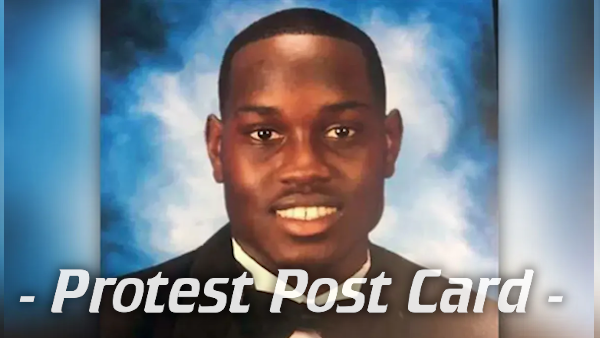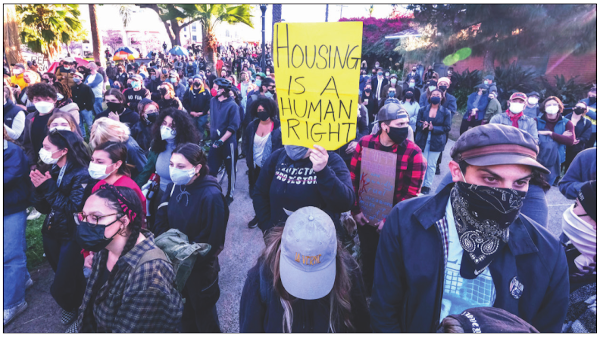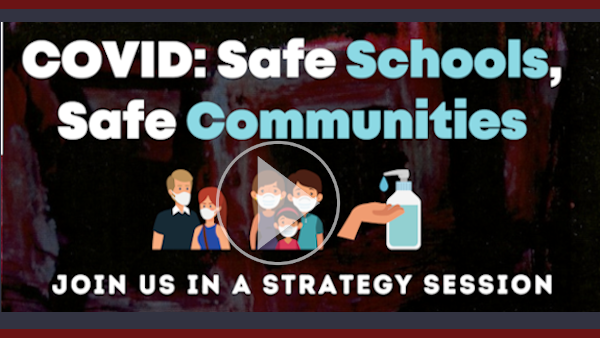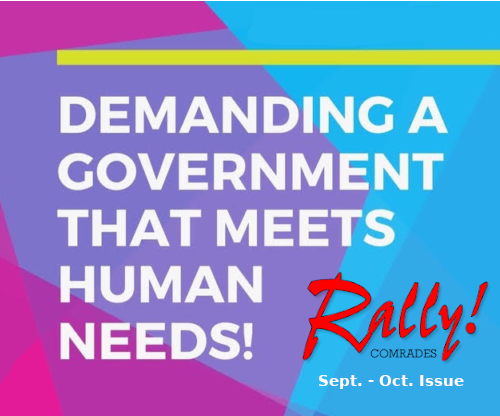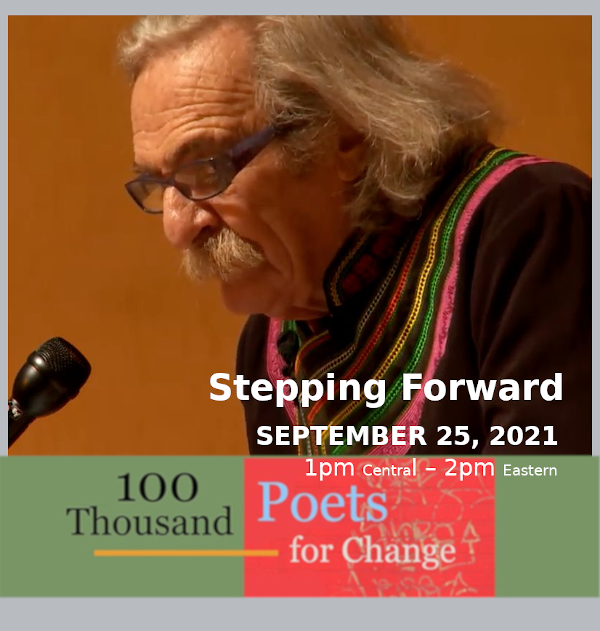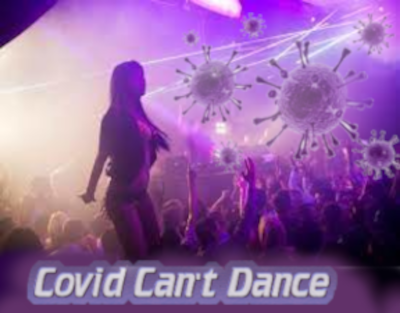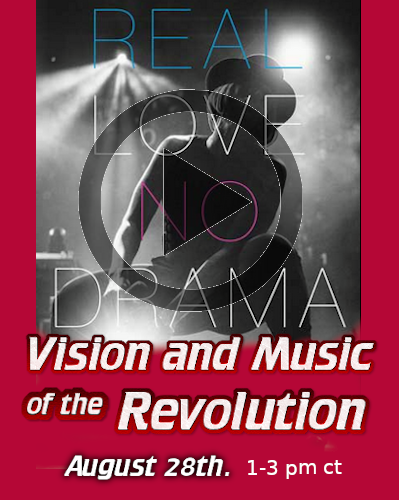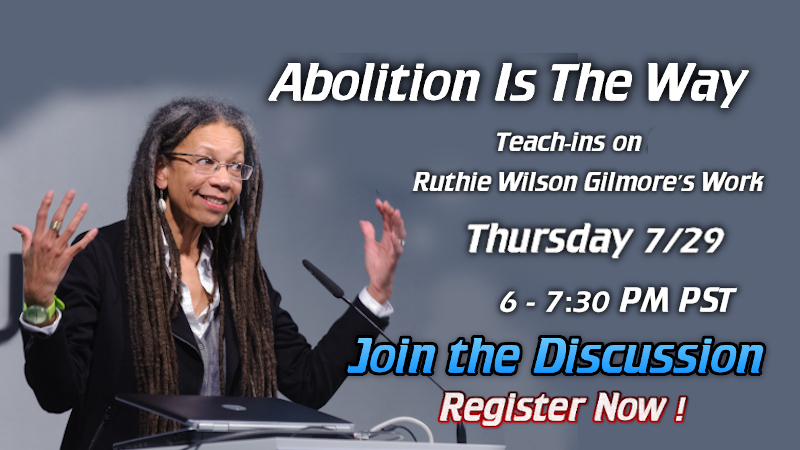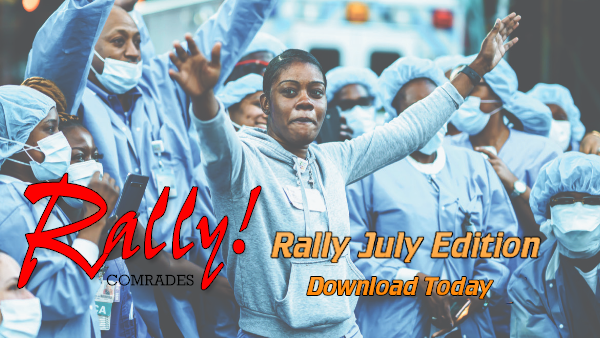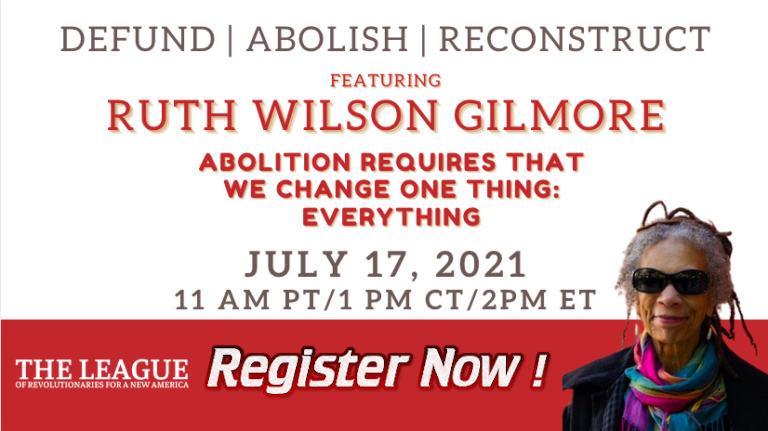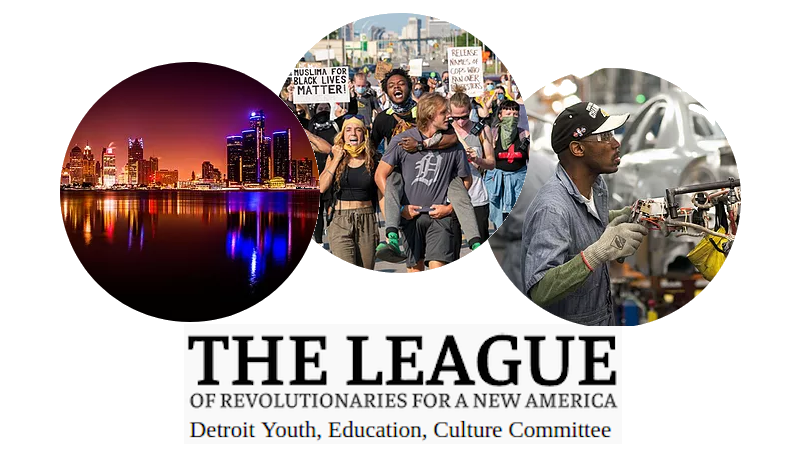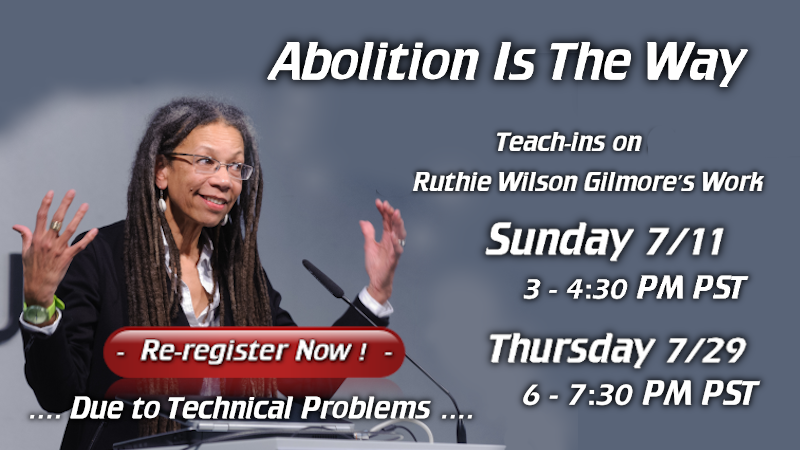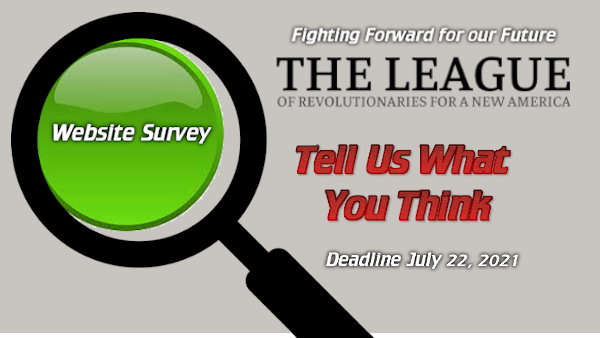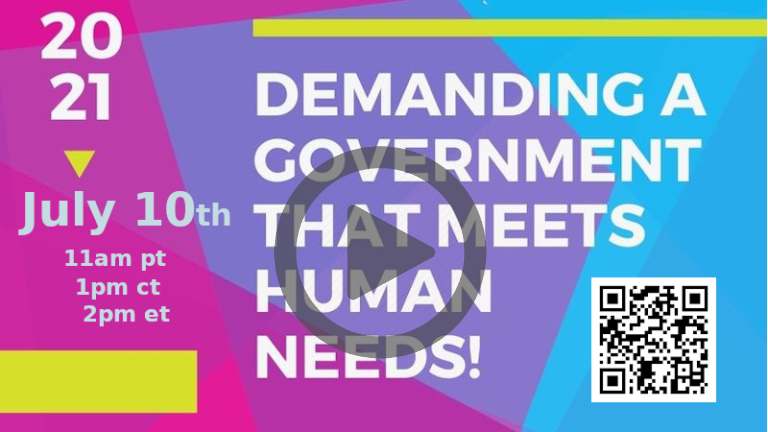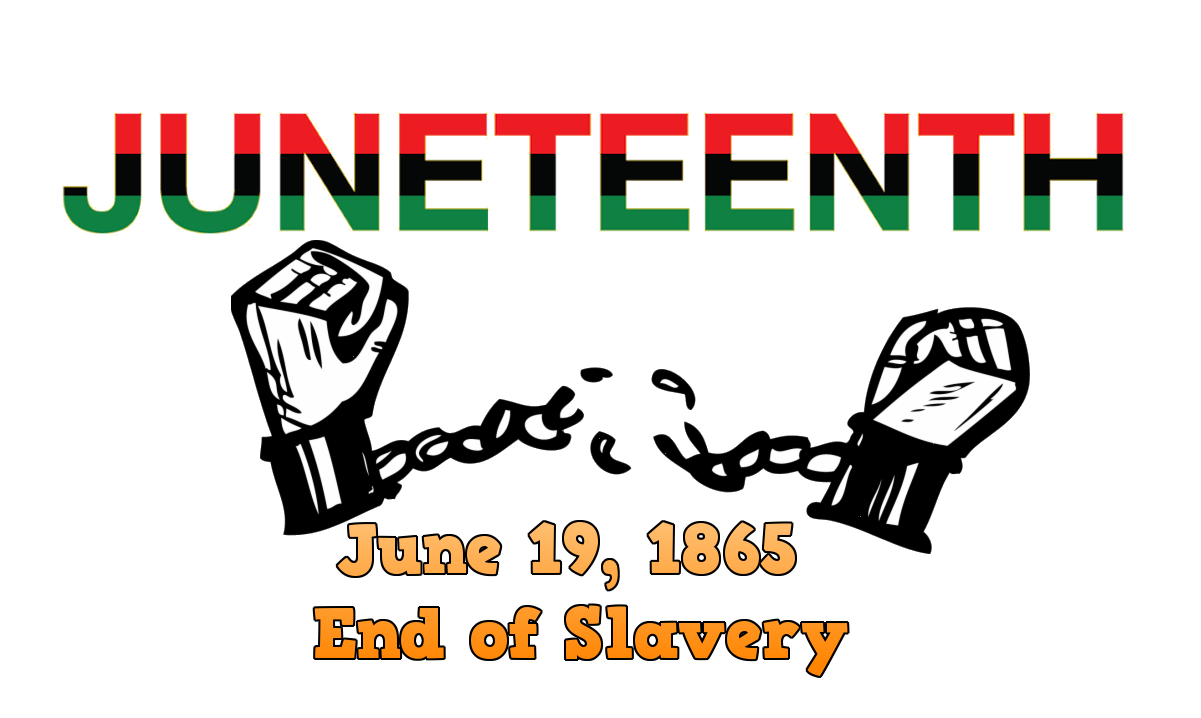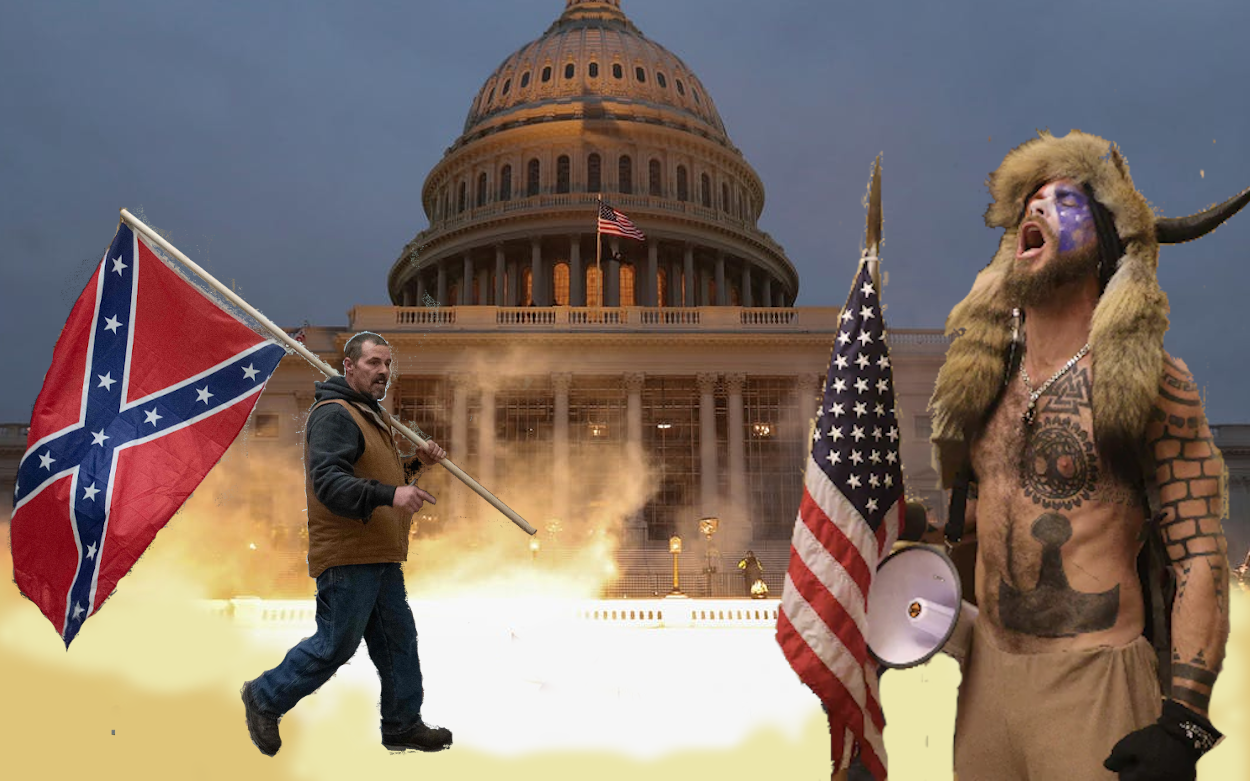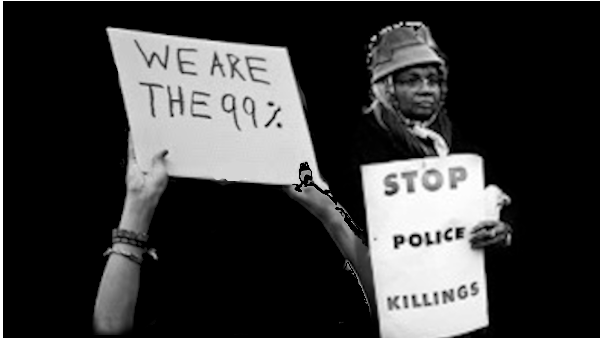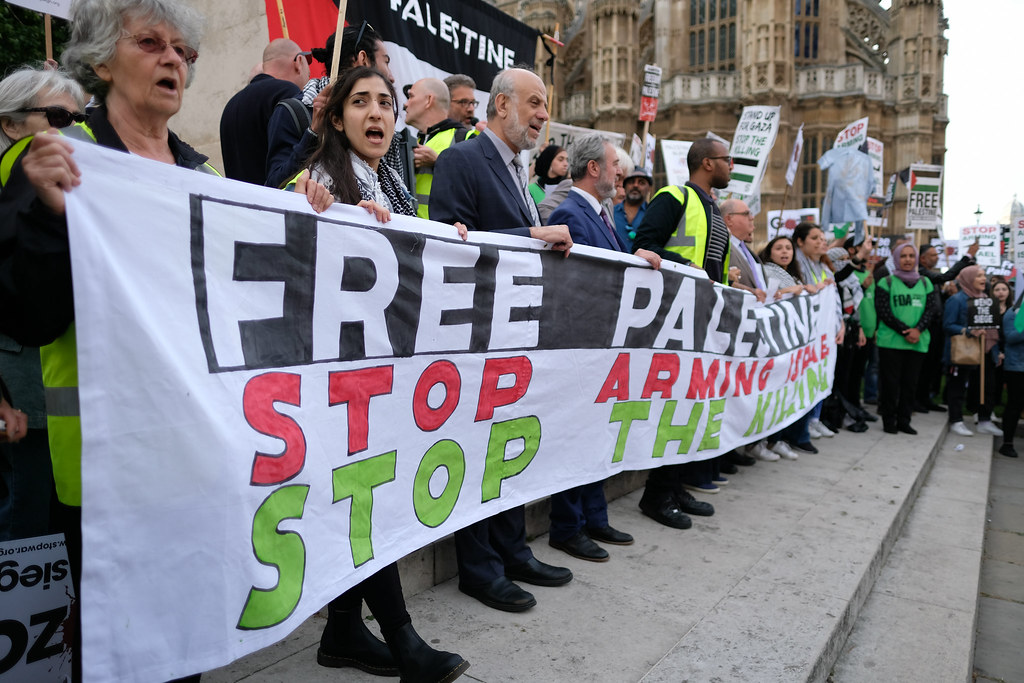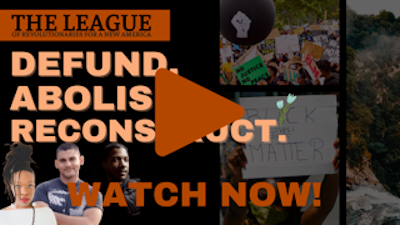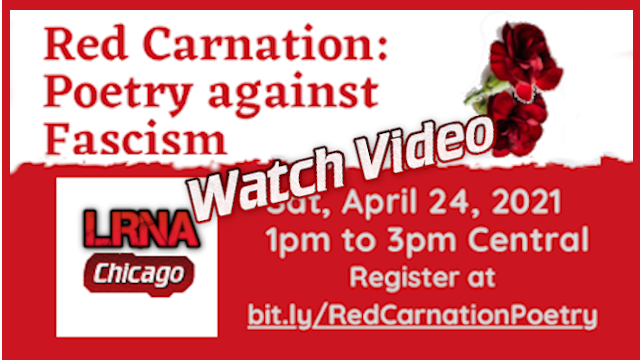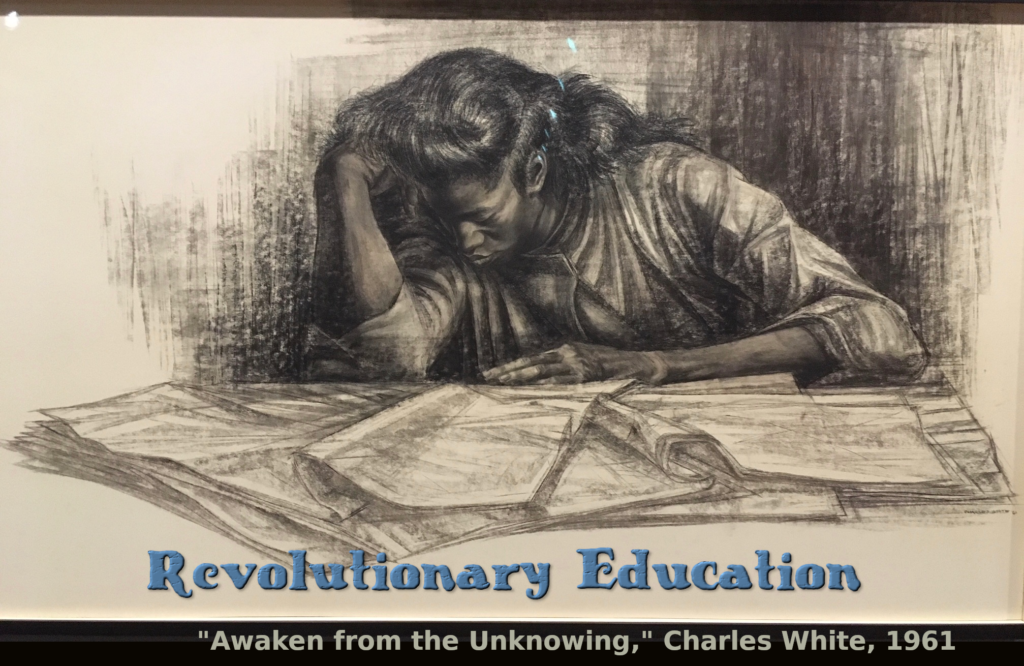Stronger Together: The Class Politics of the Pandemic
Stronger Together
The Class Politics of the Pandemic
Since the beginning of the pandemic, Blacks, American Indians and Latinos have suffered at least twice the rates of infection as white Americans, but the gap began closing as the virus surged through parts of rural America with majority white populations. The number of whites dying from the disease doubled between November and January. Though racial disparity remains, regardless of skin color, this disease is targeting the growing class of Americans living in poverty.
Of course, COVID-19 began by ravaging urban areas like Seattle and New York City, with some exceptions like the largely rural Navajo Nation, and counties and neighborhoods with high minority populations living in poverty were being hit at nine times the rate of infection and death as other areas. These higher rates of infection and death directly correlated to people living in crowded conditions, the exposure of essential workers, and the inadequate health care available in the midst of poverty. COVID-19’s effects are further complicated by the obesity, diabetes, heart and lung disease that all correlate with poverty.
For four hundred years, identification based on skin color has been used a subjective construct for the ruling class, starting with the land-owning bourgeoisie, to maintain control over the working class. They have used the genocide of indigenous Americans and slavery of African Americans on the one hand and the extension of social privileges to the white workers to maintain this unequal and inhumane power structure.
However, in the past fifty years, revolutionary new technologies are destroying the basis of capitalism itself. A mass of people without a stable place in that system is being created who increasingly share a growing equality of poverty regardless of color. The spread of the pandemic is dramatically showing the objective basis for unity across color lines among this growing new class of workers cast out of the system by capitalist control of electronic production. Tragically, hundreds of thousands have died, and continue to die, unnecessarily to illustrate the point.
Though parts of rural America are majority Black, Latino, and American Indian, white Americans make up 80% of the United States’ rural population. Whites also make up nearly two-thirds of the U.S. population, half of those living in poverty. Throughout the country, real unemployment is around 40 million Americans. Increases in laborless production have exponentially leapt forward with the need to produce and distribute goods throughout the pandemic. As Business Insider reported months ago, most of the jobs being lost were on the line before the pandemic. These jobs aren’t coming back to the town or the city or to anyone in this growing new class of workers being thrown out of the system. Meanwhile, rural America has no infrastructure to distribute the vaccine. Health care providers have had to create a patchwork of efforts, often with private businesses, to counter the spread to Americans living hundreds of miles from the kinds of health care resources more common in urban centers.
The ruling class that controls our media through corporate dollars has no interest in portraying the American working class in anything but divisive terms. The riot at the Capitol showed the racist and violent potential of a conscious element tied to the ruling class (including the police, State and local officials, and members of Congress) who use white supremacy to stoke division among America’s working class. The truth of the ruling class, though, is that it is global and multi-colored, and it uses racial division and nationalism as a weapon against the poor.
The task of revolutionaries is to recognize the objective basis for political unity among the growing numbers of workers whose real interests demand a new economic system. Our growing new class is multicolored and as diverse and complex as America itself. Divided, we have little power. United, we can create a new society where we can work together to quickly bring such pandemics to an end and meet the needs of all on a level rarely dreamt of before.
Published: February 27, 2021
This article published by Rally, Comrades!
P.O. Box 477113 Chicago, IL 60647 rally@lrna.org
Free to reproduce unless otherwise marked.
Please include this message with any reproduction.

